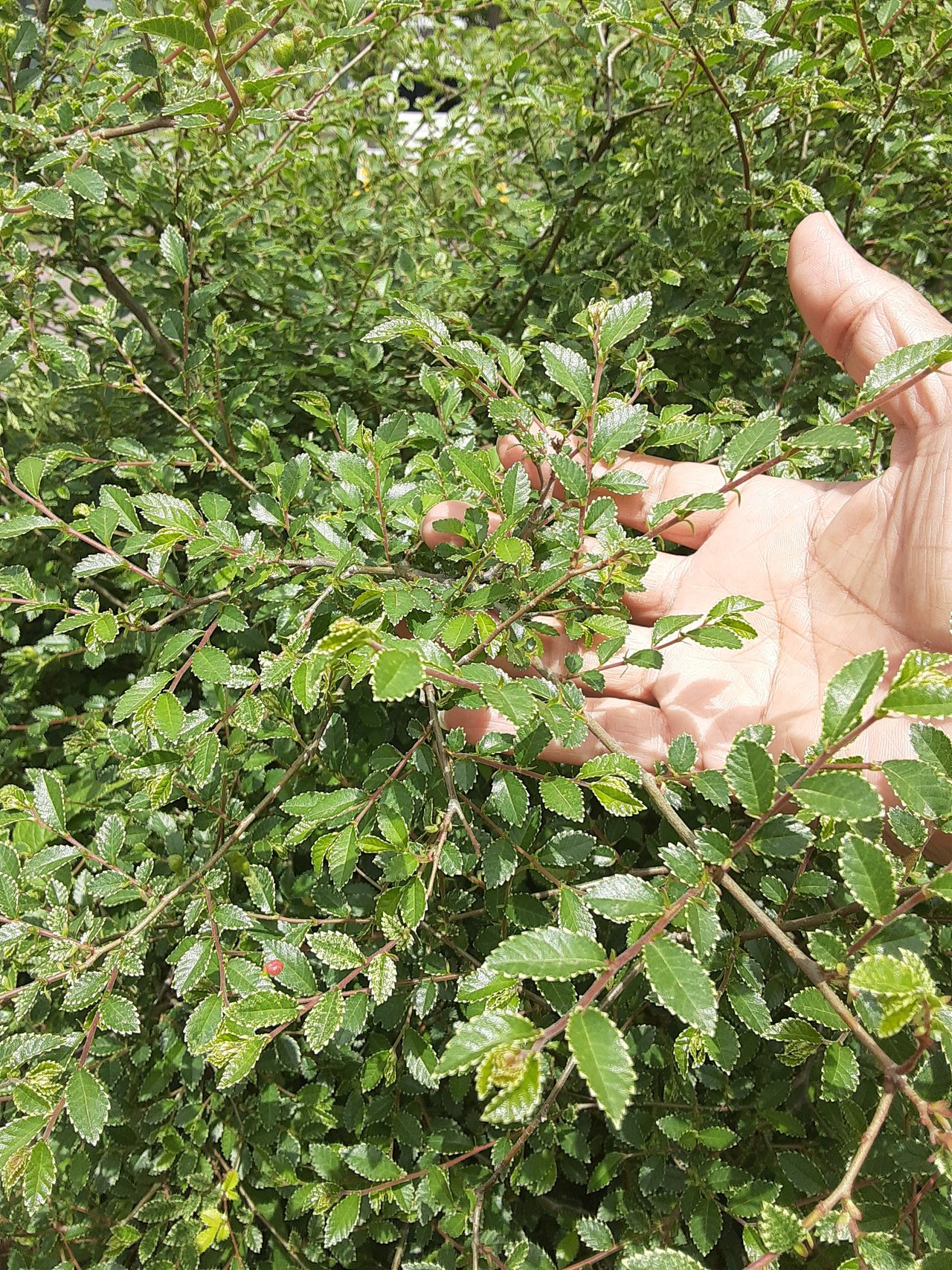The Chinese elm (Ulmus parvifolia) boasts small, glossy green leaves with serrated edges, offering year-round beauty despite a subtle fall color change
1 comment

Ulmus parvifolia, commonly known as the Chinese elm or lacebark elm, is a beautiful and versatile tree prized for its ornamental features.
One of its most striking characteristics is its foliage. Here's a detailed look at the leaves of Ulmus parvifolia:
Shape and Size: The leaves are typically small, ranging from 2 to 7 centimeters long and 0.8 to 4 centimeters wide. They come in several shapes, including elliptic, ovate, or obovate. The base of the leaf where it connects to the stem (petiole) is unevenly rounded.
Color and Texture: The leaves boast a glossy, dark green color on the upper surface, creating a vibrant canopy. The underside, however, is often pubescent, meaning it has fine, soft hairs. This adds textural interest and can appear slightly lighter in color compared to the top.
Leaf Margin: The edges of Ulmus parvifolia leaves are not smooth. They are usually adorned with small serrations, which are tiny, sharp teeth. This gives the leaves a saw-toothed appearance.
Fall Color: While some trees boast a blaze of color during autumn, Ulmus parvifolia's fall foliage display is more subtle. The leaves typically change from their deep green to a dull yellow or brown before dropping in winter. However, in some cases, they might showcase more interesting hues of yellow or reddish-purple.
Leaf Arrangement: The leaves on a Chinese elm tree are arranged alternately along the stems. This means that no two leaves directly overlap each other, creating a visually balanced and airy canopy.
Ulmus parvifolia's leaves not only contribute to its overall beauty but also play a vital role in the tree's health. They are responsible for photosynthesis, the process by which the tree captures sunlight and converts it into energy for growth and survival. The small size and serrated edges of the leaves might also be adaptations to help the tree cope with various environmental conditions.
If you're looking for a tree with attractive foliage that adds year-round interest to your landscape, the Chinese elm with its lovely leaves is an excellent choice.
Ref.:
 |  |
Comments